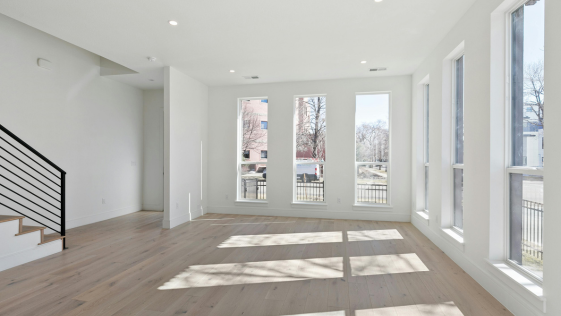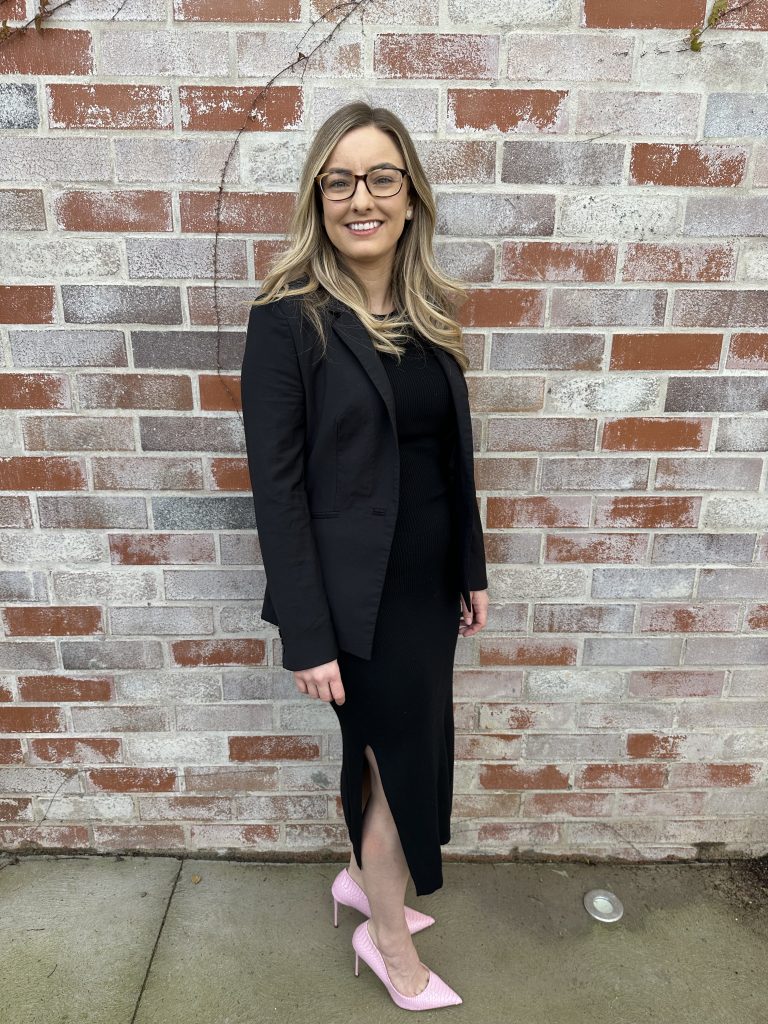“Vacant possession” is not defined in NSW legislation but is well established in common law and standard conveyancing practice. It requires the vendor to deliver the property to the purchaser:
- Physically empty of people and chattels (i.e., personal belongings, furniture, rubbish, and any items not included in the sale); and
- Free from legal impediments that would prevent the purchaser from taking immediate and exclusive possession, use, and enjoyment of the property.
This principle is reflected in the standard NSW Contract for Sale of Land, which allows the parties to specify whether the property is sold with vacant possession or subject to existing tenancies.
Items such as shelving, desks, timber pallets and other building rubble are all items that may prevent the property from being deemed “vacant”.
If you are a Vendor and you have agreed to sell your property with Vacant possession and you do leave items of furniture at the property, then be prepared for the Purchaser to refuse to settle until such time as the items are removed.
In cases where items cannot be removed, for example the Vendor has moved interstate, the Purchaser and Vendor may negotiate for a sum of money to be withheld with the real estate agent and released to the Purchaser as compensation. This arrangement can only be made subject to an agreement between the parties.
If you are buying or selling a property and need assistance with a Contract of Sale, contact our experienced team of property lawyers today on 02 4627 3333.
This article was published on 02/09/25 and the information is valid as at the date of publishing. This article is general in nature and is not and should not be considered or relied on as legal advice. Meehans Solicitors is not responsible in the event this information is relied upon by the reader in the absence of specific legal advice.










